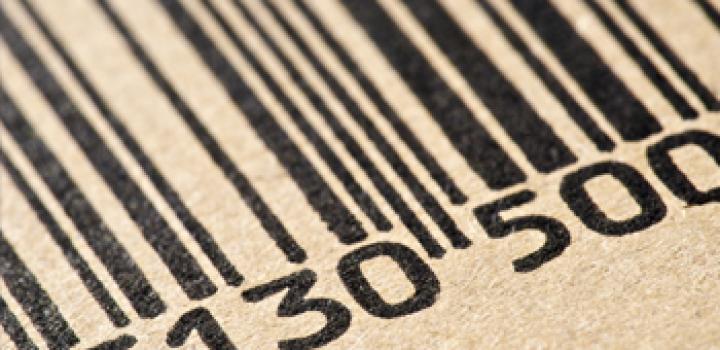GTIN rules are being updated. While GTINs were previously allowed to be reused in the apparel and grocery sectors for 30 and 48 months respectively from the initial issuance, this will no longer be the case. The global Standard for GTIN reuse will change across all industries on December 31st, 2018. Starting January 1st, 2019, GTINs can no longer be reused.
To ensure traceability across the value chain through unique product identification, GS1 will be making an update to the global GTIN Management Standard and implementing new rules regarding GTIN non-reuse.
We’re here to help you prepare
If you are currently reusing old GTINs, you should start preparing your systems to discontinue GTIN reuse by December 31st, 2018 at the latest.
If you are currently not reusing old GTINs, you are already in line with the new GTIN non-reuse rules and do not need to change anything.
There are two exceptions to this rule:
1. If a GTIN has been assigned to an item, which was then never actually produced, the GTIN may be deleted from any catalogue immediately without first being marked as discontinued. In this exceptional case, the GTIN may be reused 12 months after deletion from the seller’s catalogue.
2. Trade items that have been withdrawn from the market and are reintroduced may use the original GTIN if they are reintroduced without any modifications or changes that require a new GTIN as specified by the GTIN Management Standard.
GTIN non-reuse will lead to:
- Reduced consumer confusion in the market and in supply chain data exchange systems
- Increased transparency to the consumer
- Better brand visibility online
- Enhanced product traceability with uniqueness of product history and provenance
- More efficient after-sale consumer uses of GTIN (warranty, maintenance, repair)
- Improved sales analytics
- Enable uniqueness of online data, post-initial offering (collectibles, etc.)






